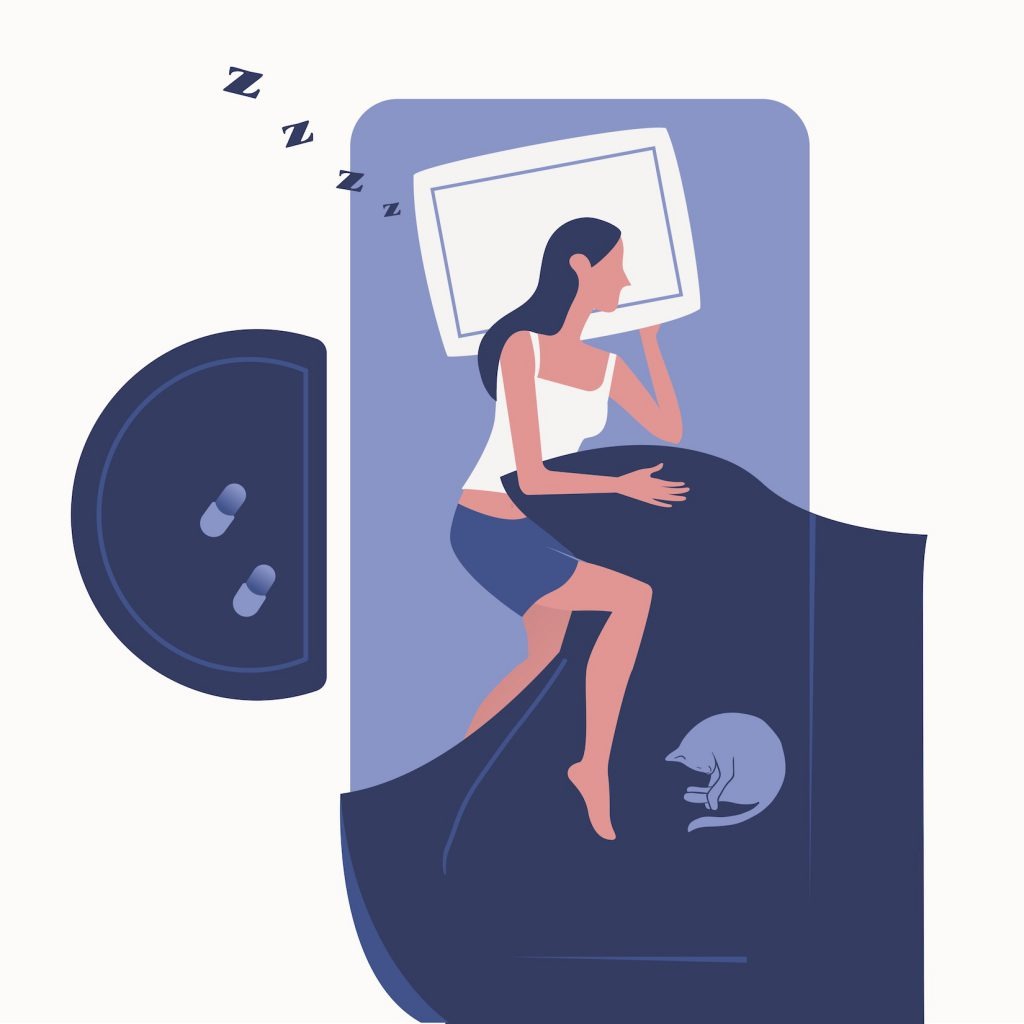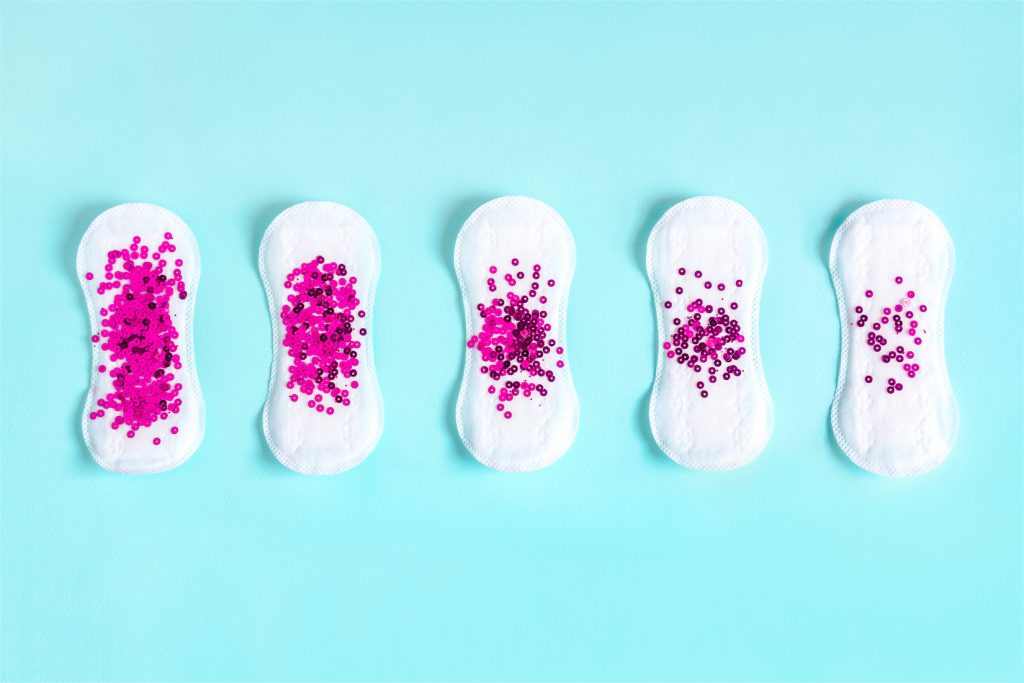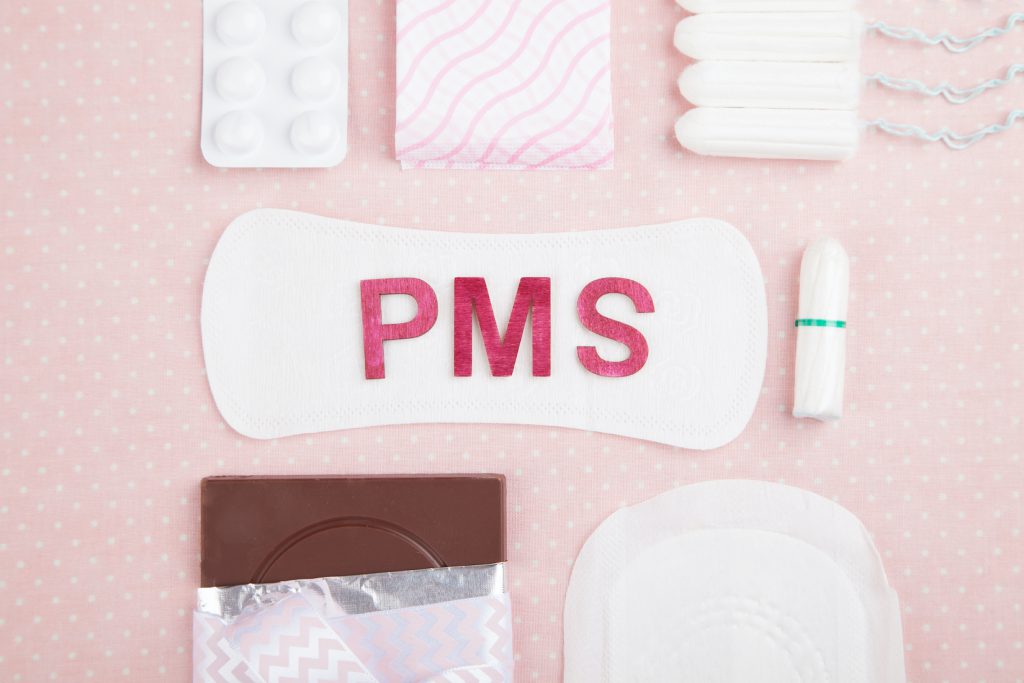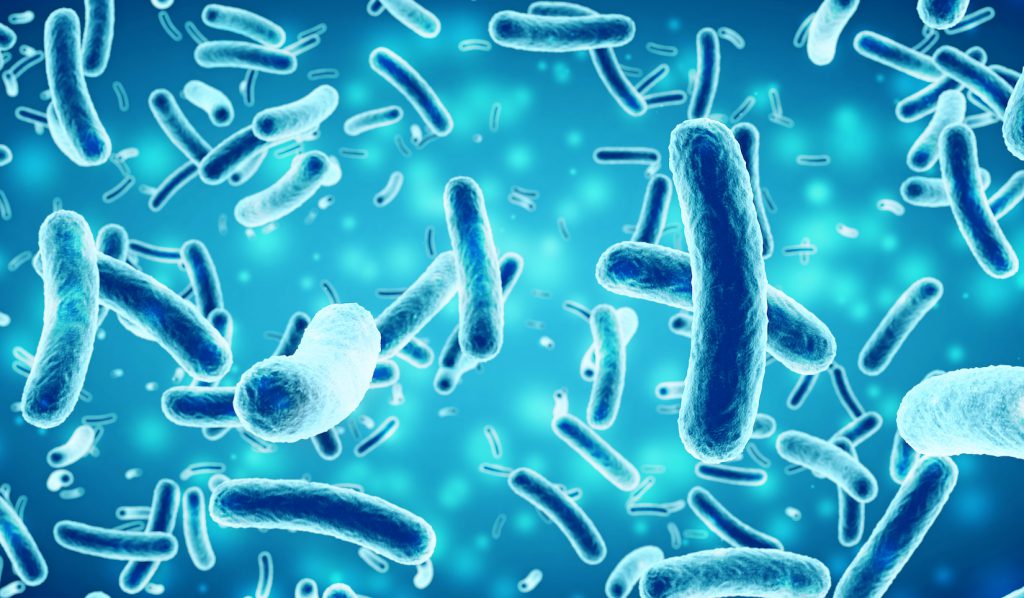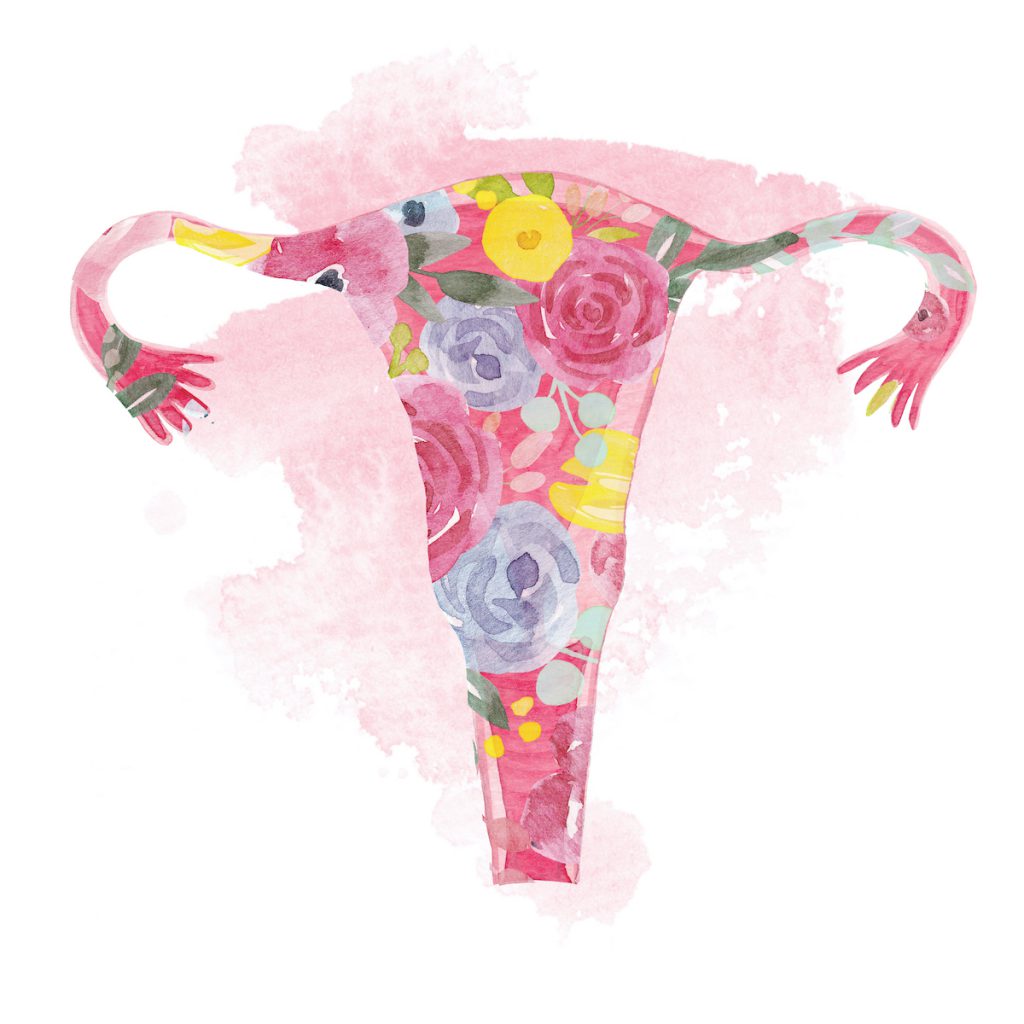Impact of PMS on sleep
Pre-menstrual syndrome, can have symptoms that affect sleep negatively. PMS occurs between seven and 14 days before periods begin, and for people who experience it, symptoms can include everything from headaches to body pain and breast tenderness. “Anyone who has experienced bloating, cramping, headaches, or mood changes knows that they don’t equal a good night’s […]
Impact of PMS on sleep Read More »

